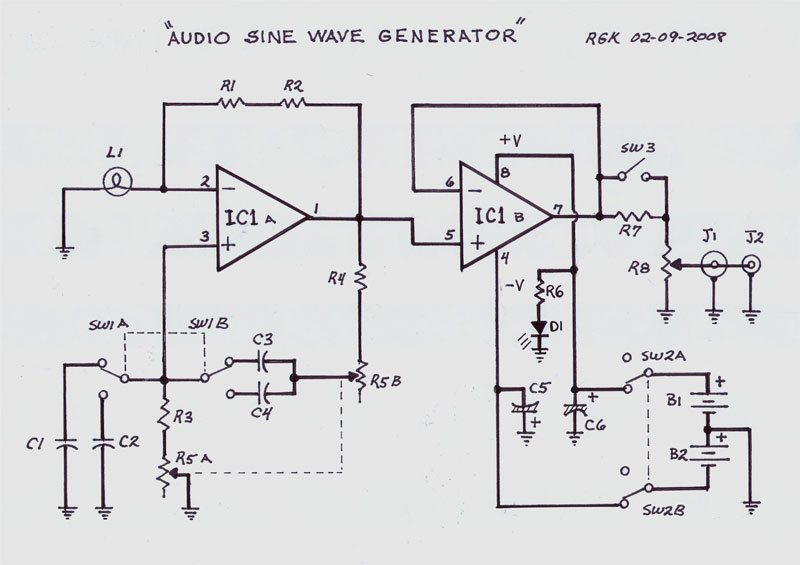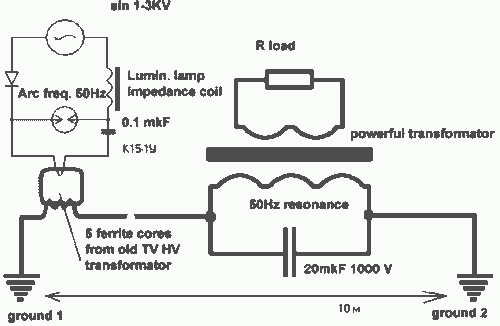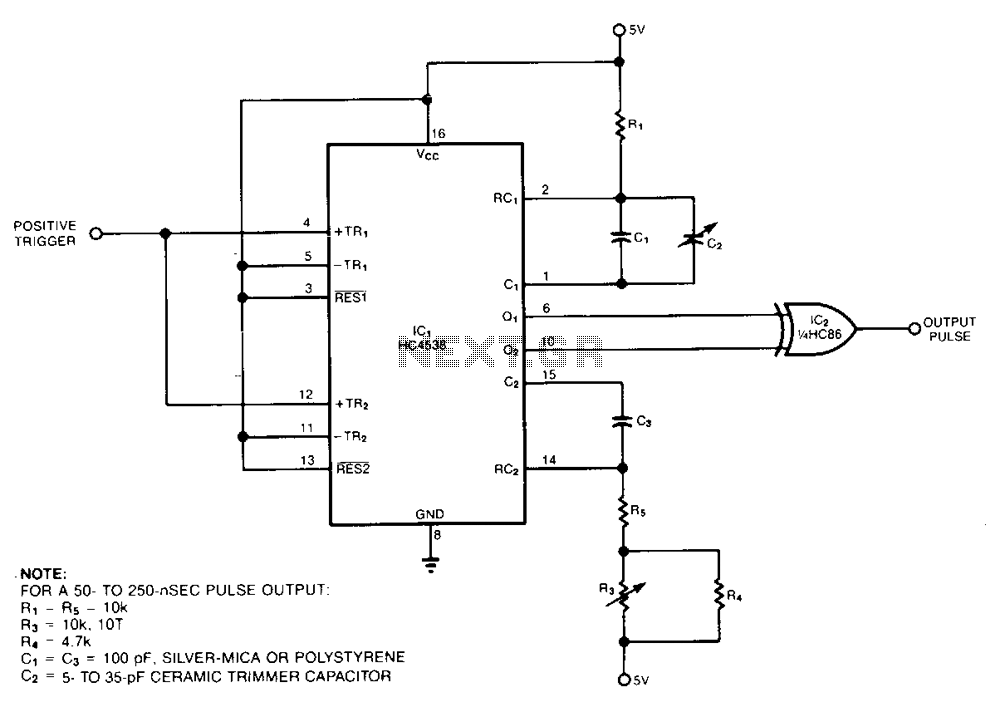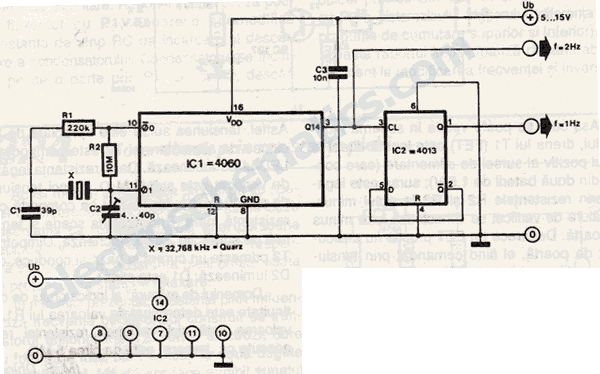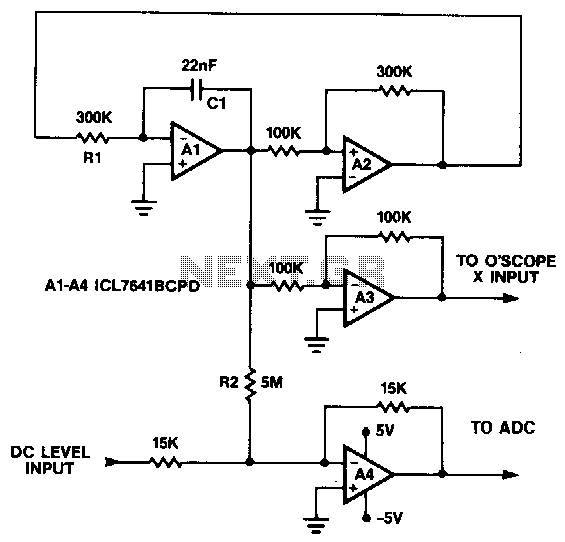
Ding-Dong sound generator
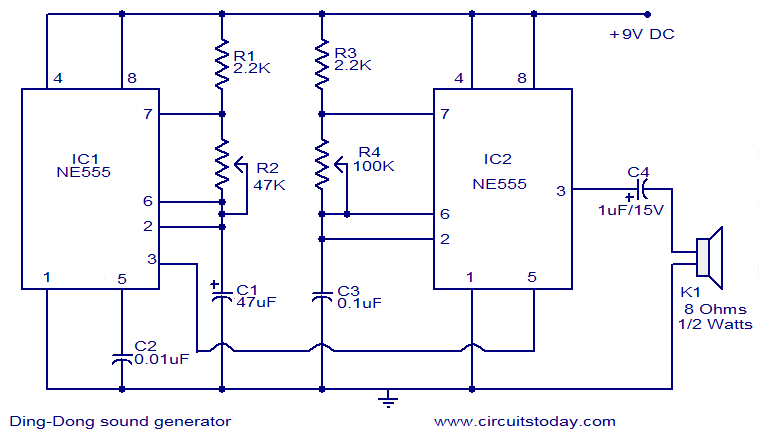
This circuit diagram illustrates a ding-dong sound generator utilizing two NE555 timer integrated circuits (ICs). The design allows for toggling between two adjustable frequencies to create the distinct ding-dong sound. The first NE555 (IC1) is configured as an astable multivibrator operating at a frequency of 1 Hz. The frequency of the second NE555 (IC2) is modulated by the output from the first IC. This modulation is achieved by connecting the output of the first IC to the control pin (pin 5) of the second IC. The resulting tone of the sound is influenced by the frequency of the second IC, while the changeover time is determined by the frequency of the first IC.
The circuit employs two NE555 timer ICs to generate a sound that alternates between two distinct tones, resembling a doorbell chime. In the astable mode, the first NE555 timer (IC1) continuously switches between high and low states, generating a square wave output at a frequency of 1 Hz. This output serves as a clock signal that controls the operation of the second NE555 timer (IC2).
IC2 is configured in a monostable mode, where it produces a pulse of variable width depending on the control voltage applied to its control pin (pin 5). By connecting the output of IC1 to this control pin, the pulse width—and thus the frequency—of IC2 can be adjusted dynamically. The frequency modulation creates a variation in the tone of the sound produced, allowing for a pleasing and recognizable ding-dong chime.
The circuit's design incorporates adjustable resistors and capacitors for tuning the frequencies of both timers, enabling customization of the sound characteristics. The output from IC2 can be connected to a small speaker or piezo buzzer to produce the audible sound. The overall functionality of the circuit is simple yet effective, making it suitable for various applications, including doorbells and novelty sound effects.This is the circuit diagram of a ding dong sound generator based on two NE555 timer ICs. The circuit is designed to toggle between two adjustable frequencies to produce the ding dong sound. The first NE555 (IC1) is wires as an astable multivibrator operating at 1Hz. The frequency of the second NE555 (IC2) is modulated by the output from the first I C. This is attained by connecting the output of first IC to the control pin (pin5) of the second IC. The tone of the sound depends on the frequency of the second IC and the changeover time depends on the frequency of the first IC. 🔗 External reference
The circuit employs two NE555 timer ICs to generate a sound that alternates between two distinct tones, resembling a doorbell chime. In the astable mode, the first NE555 timer (IC1) continuously switches between high and low states, generating a square wave output at a frequency of 1 Hz. This output serves as a clock signal that controls the operation of the second NE555 timer (IC2).
IC2 is configured in a monostable mode, where it produces a pulse of variable width depending on the control voltage applied to its control pin (pin 5). By connecting the output of IC1 to this control pin, the pulse width—and thus the frequency—of IC2 can be adjusted dynamically. The frequency modulation creates a variation in the tone of the sound produced, allowing for a pleasing and recognizable ding-dong chime.
The circuit's design incorporates adjustable resistors and capacitors for tuning the frequencies of both timers, enabling customization of the sound characteristics. The output from IC2 can be connected to a small speaker or piezo buzzer to produce the audible sound. The overall functionality of the circuit is simple yet effective, making it suitable for various applications, including doorbells and novelty sound effects.This is the circuit diagram of a ding dong sound generator based on two NE555 timer ICs. The circuit is designed to toggle between two adjustable frequencies to produce the ding dong sound. The first NE555 (IC1) is wires as an astable multivibrator operating at 1Hz. The frequency of the second NE555 (IC2) is modulated by the output from the first I C. This is attained by connecting the output of first IC to the control pin (pin5) of the second IC. The tone of the sound depends on the frequency of the second IC and the changeover time depends on the frequency of the first IC. 🔗 External reference
